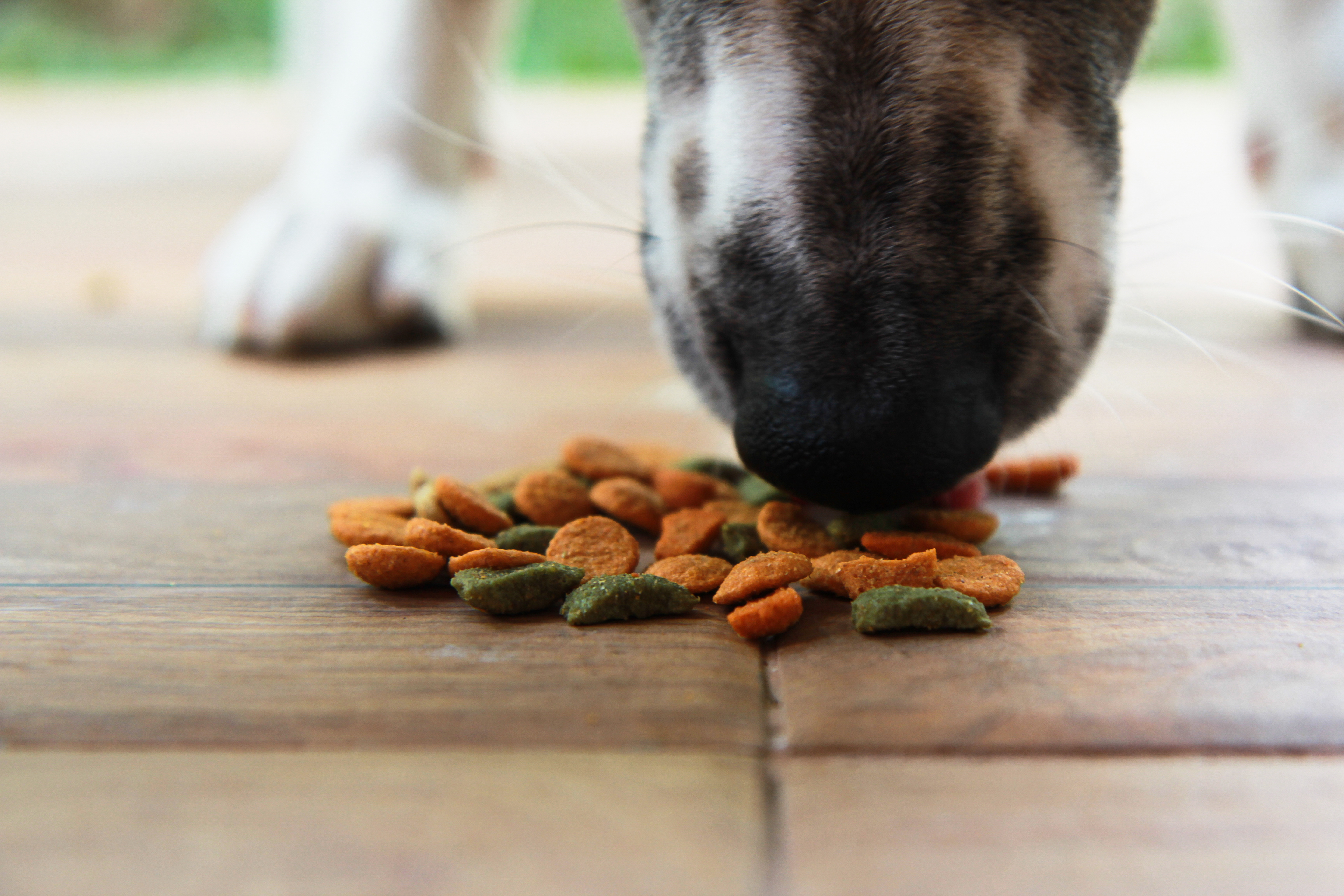Fat and its quality risks

Fresh fat will positively influence the total flavour of pet food.
, while rancid or oxidized fat can generate unpleasant off-notes. Generally, any level of rancidity negatively impacts cat palatability, while dogs can tolerate moderate levels. Rancidity is the result of oxidation. This is a chemical reaction in which the double bond of the lipid molecule reacts with oxygen to produce a variety of chemical products. The oxidation process can be influenced by moisture, temperature, light, trace metals, oxygen, and enzymes.
Methods of verifying stability
- The presence of free fatty acids (FFA) indicates poor quality (freshness) of the raw material. FFAs are sensitive to oxidation. A high level of free fatty acids in animal fat can be a cause for concern with respect to rancidity.
- The colour may also provide an indication of the fat quality as impacted by the intensity of the process. High temperature and pressure create a darker colour, which typically has a negative impact on palatability.
- Peroxide value and hexanal are indicators of rancidity. Peroxide value is the primary and hexanal is the secondary oxidation product. Both of these in combination provide a true indication of rancidity. In the pet food industry, in general, levels below 3 indicate that the products are good or stable; levels 3 to 5 indicate products are going bad; and levels above 5 indicate that the products are bad and show off-flavours.
Accelerated test methods to measure the stability of fat include OSI (oxidation stability index), AOM (active oxygen method), and oxygen bomb.
How to prevent oxidation
Keep factors that influence oxidation (see above) to a minimum – for example, by adopting packaging processes that replace oxygen with inert gas or by using adequate levels of antioxidants.
Antioxidants should be added as early as possible in the production process in order to obtain the maximum effect. Antioxidants interfere with oxidation reactions in one of the following ways:
- Chain-breaking antioxidants intercept free radicals involved in the oxidation process.
- Oxygen scavengers react directly with oxygen and remove it from the system.
- Chelating agents or sequesters are effective inhibitors of oxidation by chelating metal ions that may catalyse oxidation.
Consistent palatability
Monitoring fat quality is a crucial aspect in achieving consistency of palatability. An appropriate antioxidant application (time and level) is of major importance in maintaining palatability and product stability for dogs and cats.